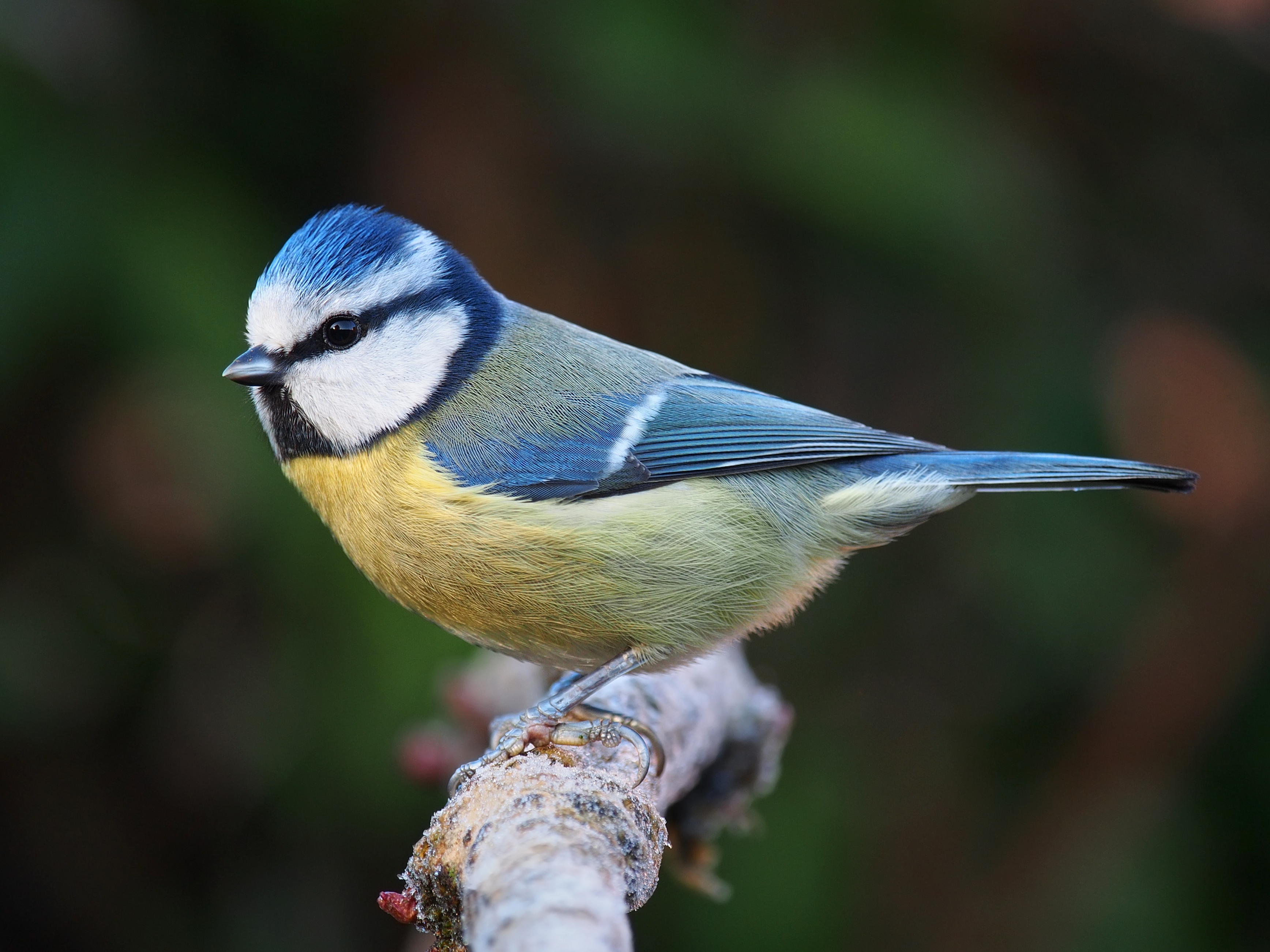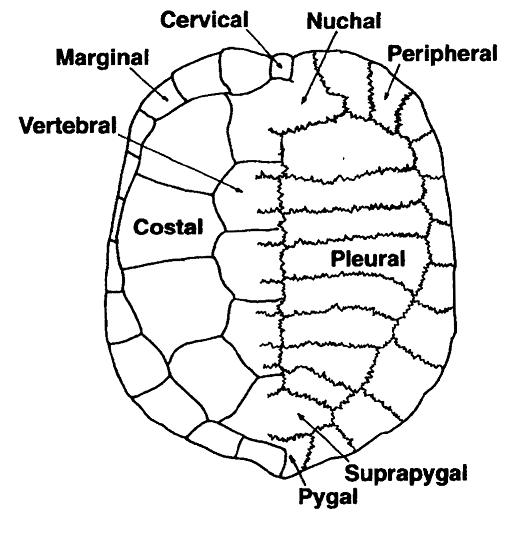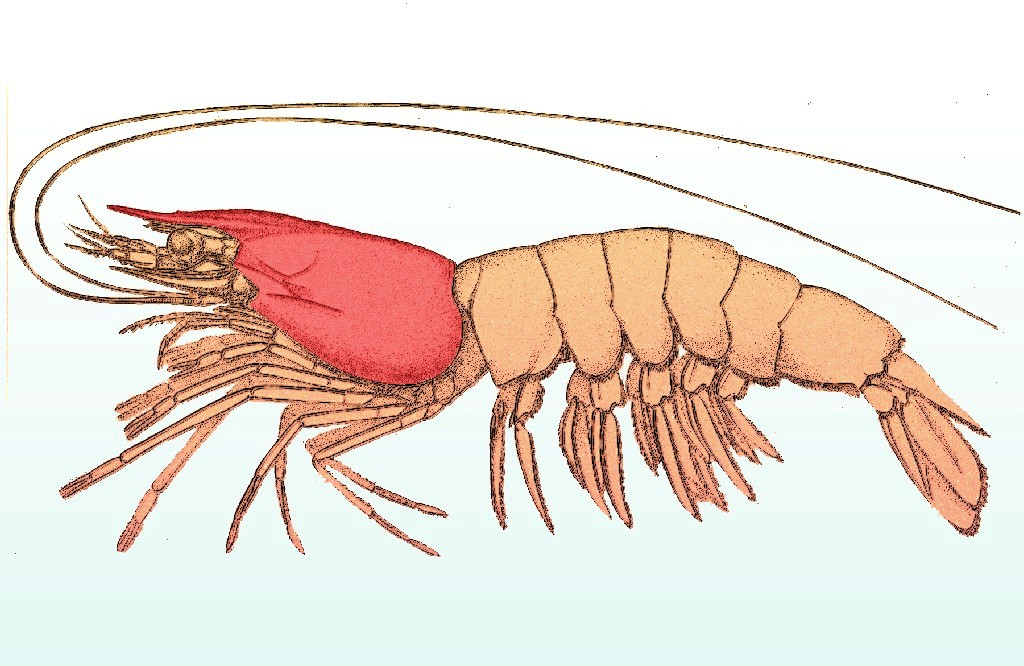|
Chelodina Novaeguineae
The New Guinea snake-necked turtle (''Chelodina novaeguineae'') is a species of turtle in the family Chelidae. The species is found almost exclusively within Western Province, Papua New Guinea. Turtle Taxonomy Working Group hodin, A.G.J., Iverson, J.B., Bour, R. Fritz, U., Georges, A., Shaffer, H.B., and van Dijk, P.P. 2017Turtles of the World: Annotated Checklist and Atlas of Taxonomy, Synonymy, Distribution, and Conservation Status (8th Ed.) In: Rhodin, A.G.J., Iverson, J.B., van Dijk, P.P., Saumure, R.A., Buhlmann, K.A., Pritchard, P.C.H., and Mittermeier, R.A. (Eds.). ''Conservation Biology of Freshwater Turtles and Tortoises: A Compilation Project of the IUCN/SSC Tortoise and Freshwater Turtle Specialist Group''. Chelonian Research Monographs 7:1–292. Habitat ''C. novaeguineae'' inhabits small and large freshwater bodies of water, jungle rivers with ample vegetation. Description The carapace is dark brown, almost black, but shows some variation from "normal" turtle patt ... [...More Info...] [...Related Items...] OR: [Wikipedia] [Google] [Baidu] |
George Albert Boulenger
George Albert Boulenger (19 October 1858 – 23 November 1937) was a Belgian-British zoologist who described and gave scientific names to over 2,000 new animal species, chiefly fish, reptiles, and amphibians. Boulenger was also an active botanist during the last 30 years of his life, especially in the study of roses. Life Boulenger was born in Brussels, Belgium, the only son of Gustave Boulenger, a Belgian public notary, and Juliette Piérart, from Valenciennes. He graduated in 1876 from the Free University of Brussels with a degree in natural sciences, and worked for a while at the Royal Belgian Institute of Natural Sciences, Brussels, as an assistant naturalist studying amphibians, reptiles, and fishes. He also made frequent visits during this time to the ''Muséum national d'Histoire naturelle'' in Paris and the British Museum in London. In 1880, he was invited to work at the Natural History Museum, then a department of the British Museum, by Dr. Albert C. L. G. Günther a ... [...More Info...] [...Related Items...] OR: [Wikipedia] [Google] [Baidu] |
Ex Errore
This is a list of terms and symbols used in scientific names for organisms, and in describing the names. For proper parts of the names themselves, see List of Latin and Greek words commonly used in systematic names. Note that many of the abbreviations are used with or without a stop. Naming standards and taxonomic organizations and their codes and taxonomies * ICTV – International Committee on Taxonomy of Viruses * ICSP – International Committee on Systematics of Prokaryotes ** formerly the ICSB – International Committee on Systematic Bacteriology ** publishes the ICNP – International Code of Nomenclature of Prokaryotes *** formerly the International Code of Nomenclature of Bacteria (ICNB) or Bacteriological Code (BC) * ICZN – International Commission on Zoological Nomenclature ** publishes ''ICZN'' the ''International Code of Zoological Nomenclature'' or "ICZN Code" * IBC – International Botanical Congress ** publishes ''ICN'' the ''International Code of Nomenclature f ... [...More Info...] [...Related Items...] OR: [Wikipedia] [Google] [Baidu] |
Species
In biology, a species is the basic unit of classification and a taxonomic rank of an organism, as well as a unit of biodiversity. A species is often defined as the largest group of organisms in which any two individuals of the appropriate sexes or mating types can produce fertile offspring, typically by sexual reproduction. Other ways of defining species include their karyotype, DNA sequence, morphology, behaviour or ecological niche. In addition, paleontologists use the concept of the chronospecies since fossil reproduction cannot be examined. The most recent rigorous estimate for the total number of species of eukaryotes is between 8 and 8.7 million. However, only about 14% of these had been described by 2011. All species (except viruses) are given a two-part name, a "binomial". The first part of a binomial is the genus to which the species belongs. The second part is called the specific name or the specific epithet (in botanical nomenclature, also sometimes i ... [...More Info...] [...Related Items...] OR: [Wikipedia] [Google] [Baidu] |
Turtle
Turtles are an order of reptiles known as Testudines, characterized by a special shell developed mainly from their ribs. Modern turtles are divided into two major groups, the Pleurodira (side necked turtles) and Cryptodira (hidden necked turtles), which differ in the way the head retracts. There are 360 living and recently extinct species of turtles, including land-dwelling tortoises and freshwater terrapins. They are found on most continents, some islands and, in the case of sea turtles, much of the ocean. Like other amniotes (reptiles, birds, and mammals) they breathe air and do not lay eggs underwater, although many species live in or around water. Turtle shells are made mostly of bone; the upper part is the domed carapace, while the underside is the flatter plastron or belly-plate. Its outer surface is covered in scales made of keratin, the material of hair, horns, and claws. The carapace bones develop from ribs that grow sideways and develop into broad flat plates th ... [...More Info...] [...Related Items...] OR: [Wikipedia] [Google] [Baidu] |
Family (biology)
Family ( la, familia, plural ') is one of the eight major hierarchical taxonomic ranks in Linnaean taxonomy. It is classified between order and genus. A family may be divided into subfamilies, which are intermediate ranks between the ranks of family and genus. The official family names are Latin in origin; however, popular names are often used: for example, walnut trees and hickory trees belong to the family Juglandaceae, but that family is commonly referred to as the "walnut family". What belongs to a family—or if a described family should be recognized at all—are proposed and determined by practicing taxonomists. There are no hard rules for describing or recognizing a family, but in plants, they can be characterized on the basis of both vegetative and reproductive features of plant species. Taxonomists often take different positions about descriptions, and there may be no broad consensus across the scientific community for some time. The publishing of new data and opini ... [...More Info...] [...Related Items...] OR: [Wikipedia] [Google] [Baidu] |
Chelidae
Chelidae is one of three living families of the turtle suborder Pleurodira, and are commonly called Austro-South American side-neck turtles. The family is distributed in Australia, New Guinea, parts of Indonesia, and throughout most of South America. It is a large family of turtles with a significant fossil history dating back to the Cretaceous. The family is entirely Gondwanan in origin, with no members found outside Gondwana, either in the present day or as a fossil.Georges, A. & Thomson, S. (2006). "Evolution and Zoogeography of Australian freshwater turtles". In: Merrick, J. R.; Archer, M.; Hickey, G. & Lee, M. (eds.) ''Evolution and Zoogeography of Australasian Vertebrates''. Sydney: Australia. Description Like all pleurodirous turtles, the chelids withdraw their necks sideways into their shells, differing from cryptodires that fold their necks in the vertical plane. They are all highly aquatic species with webbed feet and the capacity to stay submerged for long periods of ... [...More Info...] [...Related Items...] OR: [Wikipedia] [Google] [Baidu] |
Western Province, Papua New Guinea
Western Province is a coastal province in southwestern Papua New Guinea, bordering the Indonesian province of Papua (Indonesian province), Papua. The provincial capital (political), capital is Daru. The largest town in the province is Tabubil, Papua New Guinea, Tabubil. Other major settlements are Kiunga, Papua New Guinea, Kiunga, Ningerum, Olsobip and Balimo. The provincial government has, as with the governments of Bougainville Province, North Solomons, Simbu Province, Chimbu and Oro Province, Northern provinces, sought to change the name of the province. The government uses the name Fly River Provincial Government; however, this remains unofficial as it has not been changed in the Constitution of Papua New Guinea. Geography and ecology Western Province covers 99,300 km² and is the largest province in Papua New Guinea by area. There are several large rivers that run through the province, including the Fly River and its tributary, tributaries the Strickland River, Strickla ... [...More Info...] [...Related Items...] OR: [Wikipedia] [Google] [Baidu] |
Turtle Taxonomy Working Group
The Turtle Taxonomy Working Group (TTWG) is an informal working group of the IUCN/SSC Tortoise and Freshwater Turtle Specialist Group (TFTSG). It is composed of a number of leading turtle taxonomists, with varying participation by individual participants over the years, some dropping out and others joining. The TTWG has produced an annual checklist of living and recently extinct turtles since 2007, deliberates on proposed changes to turtle taxonomy, and describes its consideration whether to accept, reject, or suspend adoption of proposed changes in a series of annotations to the checklist. Recent versions of the checklist have included full primary synonymies and citations to all original descriptions of recent turtle taxa, as well as CITES CITES (shorter name for the Convention on International Trade in Endangered Species of Wild Fauna and Flora, also known as the Washington Convention) is a multilateral treaty to protect endangered plants and animals from the threats of inte ... [...More Info...] [...Related Items...] OR: [Wikipedia] [Google] [Baidu] |
Carapace
A carapace is a Dorsum (biology), dorsal (upper) section of the exoskeleton or shell in a number of animal groups, including arthropods, such as crustaceans and arachnids, as well as vertebrates, such as turtles and tortoises. In turtles and tortoises, the underside is called the plastron. Crustaceans In crustaceans, the carapace functions as a protective cover over the cephalothorax (i.e., the fused head and thorax, as distinct from the abdomen behind). Where it projects forward beyond the eyes, this projection is called a rostrum (anatomy), rostrum. The carapace is Calcification, calcified to varying degrees in different crustaceans. Zooplankton within the phylum Crustacea also have a carapace. These include Cladocera, ostracods, and Isopoda, isopods, but isopods only have a developed "cephalic shield" carapace covering the head. Arachnids In arachnids, the carapace is formed by the fusion of prosomal tergites into a single Plate (animal anatomy), plate which carries the e ... [...More Info...] [...Related Items...] OR: [Wikipedia] [Google] [Baidu] |
Snorkeling
Snorkeling ( British and Commonwealth English spelling: snorkelling) is the practice of swimming on or through a body of water while equipped with a diving mask, a shaped breathing tube called a snorkel, and usually swimfins. In cooler waters, a wetsuit may also be worn. Use of this equipment allows the snorkeler to observe underwater attractions for extended periods with relatively little effort and to breathe while face-down at the surface. Snorkeling is a popular recreational activity, particularly at tropical resort locations. It provides the opportunity to observe underwater life in a natural setting without the complicated equipment and training required for scuba diving. It appeals to all ages because of how little effort is involved and is the basis of the two surface disciplines of the underwater sport of finswimming. Snorkeling is also used by scuba divers when on the surface, in underwater sports such as underwater hockey and underwater rugby, and as part of water-b ... [...More Info...] [...Related Items...] OR: [Wikipedia] [Google] [Baidu] |
Oviparous
Oviparous animals are animals that lay their eggs, with little or no other embryonic development within the mother. This is the reproductive method of most fish, amphibians, most reptiles, and all pterosaurs, dinosaurs (including birds), and monotremes. In traditional usage, most insects (one being ''Culex pipiens'', or the common house mosquito), molluscs, and arachnids are also described as oviparous. Modes of reproduction The traditional modes of reproduction include oviparity, taken to be the ancestral condition, traditionally where either unfertilised oocytes or fertilised eggs are spawned, and viviparity traditionally including any mechanism where young are born live, or where the development of the young is supported by either parent in or on any part of their body. However, the biologist Thierry Lodé recently divided the traditional category of oviparous reproduction into two modes that he named ovuliparity and (true) oviparity respectively. He distinguished the ... [...More Info...] [...Related Items...] OR: [Wikipedia] [Google] [Baidu] |





